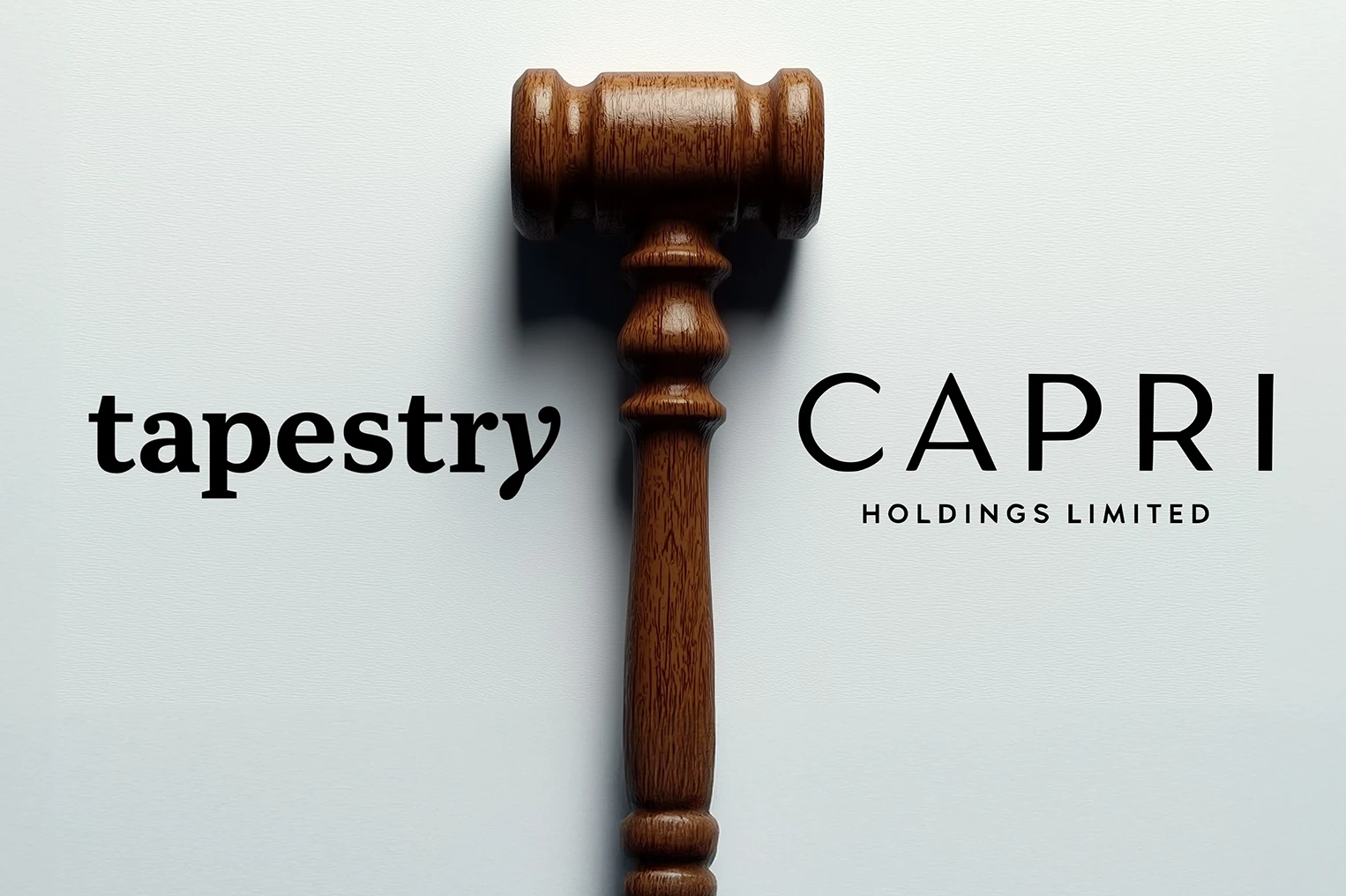What If LVMH Acquires Estée Lauder: A Reshaped Beauty Giant Emerges

What is So Interesting About this Scenario?
For context, 2023 saw a year ripe with speculation that activist investor Nelson Peltz wanted to push for a major shakeup at Estée Lauder to replace CEO Fabrizio Freda and entertain an eventual sale to luxury giant LVMH. This happened on the heels of disappointing earnings and a 17% drop in share price in the early part of May 2023. While the rumors have since been laid to rest, it is known that LVMH had approached Estee Lauder before the pandemic, expressing interest in an acquisition.
However, in early February this year, Estée Lauder saw its stock jump 12% following an announcement that as part of its profit turnaround aimed at 2025/2026, it would be cutting 3-5% of jobs. The restructuring is expected to boost profit to $ 1.1 to 1.4 billion, compared to the previous much lower estimate of around $800 million to $1 billion. During the 12 prior months to this positive movement, the stock price gave up 49% of its value mainly due to the Chinese consumer pullback and generally lagging sales across Asia and other regions like the Middle East and Israel.
Now imagine this: notwithstanding the restructuring efforts, let’s assume that a similar adverse scenario was to repeat itself, as cost-cutting alone proves insufficient to prevent competitors from taking market share. Picture a scenario in which the Estée Lauder board, confronted with continuously declining performance and investor agitation, might again come under pressure to sell. In such an instance, it is entirely conceivable that LVMH could come to the rescue and offer an attractive price tag, this time securing the Lauder family’s blessing despite some potential internal resistance.
The chart below outlines the relative position of these two beauty giants in the industry:

Why Would LVMH Be Interested in a Takeover?
LVMH has been on a quest to dominate the luxury market. It successfully took a giant step in this direction in the US luxury space through its recent acquisition of Tiffany. The benefits of the growth of its perfumes and cosmetics division are apparent and would be much harder to achieve through organic growth or incremental acquisition of smaller brands. To list a few, these include:
Market Domination: LVMH is already a leader in luxury goods, but Estée Lauder would fill a strategic gap in their beauty portfolio. Owning prestigious and still profitable brands like Clinique, LaMer, Bobbi Brown, MAC, and Tom Ford Beauty would solidify their dominance in the market.
Growth Potential: Despite recent struggles, Estée Lauder still has a robust global presence and brand recognition. LVMH could unlock this potential with its marketing and brand management expertise, leading to increased sales and market share.
Geographic Expansion: Estée Lauder has a robust presence in North America and Asia. This would complement LVMH’s European strength, creating a global beauty powerhouse.
Synergy and Efficiency: Combining operations could lead to cost savings and operational efficiencies. LVMH’s strong supply chain and distribution network could benefit Estée Lauder.
Innovation Powerhouse: LVMH is known for its commitment to research and development. Combining resources could accelerate innovation in the beauty space, leading to a broader range of cutting-edge products.

What Would Estée Lauder Gain from a Sale?
Revitalization and Growth: Estée Lauder has faced challenges in recent years, with diminishing profit margins and disappointing earnings coupled with loss of market share. LVMH’s vast resources and expertise could help Estee Lauder revitalize its brand image and marketing strategies, attracting new customers and reigniting growth.
Financial Gain: A sale to LVMH would likely be at a premium price, offering a significant economic windfall for the Lauder family and shareholders.
Global Reach and Resources: LVMH could give Estée Lauder access to new markets, distribution channels, and resources for research and development. The success of celebrity partnerships like Fenty BeautyxRihanna could potentially be replicated in Estee Lauder brands to stimulate growth.
Expertise and Brand Management: Estée Lauder could benefit from LVMH’s proven track record of managing and growing brands through marketing, product development, and brand management expertise.
Notwithstanding the benefits to each company, such an unprecedented combination would come with some challenges, risks, and uncertainties:
What are the Potential Hurdles?
For Estee Lauder, these could include loss of control, potential dilution of brand equity, and job losses. From LVMH’s vantage point, many challenges would be regulatory, anti-trust, cultural, and organizational.
Loss of Control: A sale would mean the Lauder family relinquishes some or most control over the company they built.
Brand Identity: Estée Lauder could lose some of its unique brand identity by being absorbed into a giant conglomerate. The onus would be on LVMH to tread carefully when revamping its brand and portfolio companies while respecting Estée Lauder’s heritage.
Regulatory Hurdles: Antitrust regulators might scrutinize the deal due to LVMH’s dominant position in luxury goods.
Employee Concerns and Morale: Mergers often lead to job cuts and restructuring. Estee Lauder is already engaged in a restructuring effort to boost profits and regain its competitive standing. Integrating company cultures can be challenging. Estée Lauder and LVMH employee morale could be affected during the transition.
How is This a Win-Win For Both Sides?
LVMH Becomes a Beauty Juggernaut: By adding Estée Lauder’s venerable Clinique, Mac, La Mer, and Bobbi Brown brands, LVMH would expand its already sizeable portfolio of successful brands (e.g., Dior and Sephora), thus solidifying its position as the world’s leading luxury beauty company. It would also give itself access to pricing power over vendors, manufacturers, and the market at large.
Brand Rejuvenation: LVMH, known for revitalizing brands, would likely invest heavily in modernizing Clinique and Bobbi Brown’s image and marketing, targeting millennials and Gen Z, even Gen Alpha. Mac could receive a similar treatment, potentially regaining lost market share.
Innovation Boost: LVMH’s resources could fuel Estée Lauder’s research and development, leading to a surge of new products and technologies. In turn, adding new beauty and skincare lines and existing technologies within the acquired portfolio could also enhance best practices at the LVMH-owned beauty brands, leading to a mutually beneficial “innovation two-way street” across technologies, manufacturing processes, and professional development.
A New Definition of Luxury Beauty: The line between masstige and authentic luxury cosmetics could further blur by housing all these brands under one umbrella. This might redefine consumer expectations for quality and price in the beauty industry.
The Final Analysis
An LVMH takeover of Estée Lauder would be a genuinely unprecedented landmark event in the beauty industry. It would create a new beauty powerhouse with unparalleled reach and resources. While LVMH would solidify its position as the undisputed leader in luxury beauty, Estée Lauder would obtain the resources and expertise needed for a significant comeback. However, as history and experience tell, many mergers and acquisitions of this size encounter problems due to cultural incompatibility and other merger-related complexities, which can pose a challenge to the ultimate success of such a combination and thus need to be navigated with finesse and foresight.
And just to throw in a little more hypothetical thinking and take this thought process one step further. With one conglomerate already expressing an appetite for this attractive target, Estée Lauder could become of interest to more than one suitor, leading to multiple interested parties engaging in a bidding war for this venerable beauty house. It wouldn’t be the first time in the history of M&A.


